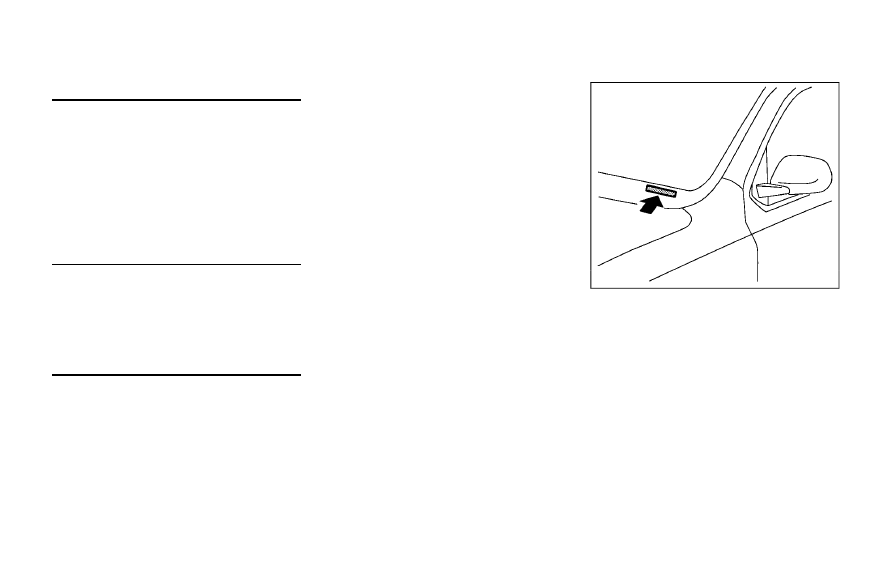Nissan Rogue Sport (2018 year). Manual - part 31

10-8
Technical and consumer information
DIMENSIONS AND WEIGHTS
Overall length
in
(mm)
172.4(4,380)
Overall width
in
(mm)
72.3 (1,838)
Overall height
in
(mm)
62.5 (1,587)
63.3 (1,607)*
Front tread
in
(mm)
62.4 (1,585)
Rear tread
in
(mm)
62.2 (1,580)
Wheelbase
in
(mm)
104.2 (2,646)
Gross Vehicle
Weight Rating
(GVWR)
lb (kg)
See the F.M.V.S.S. or
C.M.V.S.S. certifica-
tion label on the
driver’s side center
pillar.
Gross Axle
Weight Rating
(GAWR)
Front
lb (kg)
Rear
lb (kg)
*:
Roof rack equipped model
When planning to travel in another
country, you should first find out if the
fuel available is suitable for your vehicle’s
engine.
Using fuel with an octane rating that is
too low may cause engine damage. All
gasoline vehicles must be operated with
unleaded gasoline. Therefore, avoid tak-
ing your vehicle to areas where appro-
priate fuel is not available.
When transferring the registration of
your vehicle to another country, state,
province or district, it may be necessary
to modify the vehicle to meet local laws
and regulations.
The laws and regulations for motor
vehicle emission control and safety stan-
dards vary according to the country,
state, province or district; therefore, vehi-
cle specifications may differ.
When any vehicle is to be taken into
another country, state, province or dis-
trict and registered, its modifications,
transportation, and registration are the
responsibility of the user. NISSAN is not
responsible for any inconvenience that
may result.
JVT0352X
VEHICLE IDENTIFICATION NUMBER
(VIN) PLATE
The vehicle identification number plate is
attached as shown. This number is the
identification for your vehicle and is used
in the vehicle registration.
WHEN TRAVELING OR REGISTERING
IN ANOTHER COUNTRY
VEHICLE IDENTIFICATION